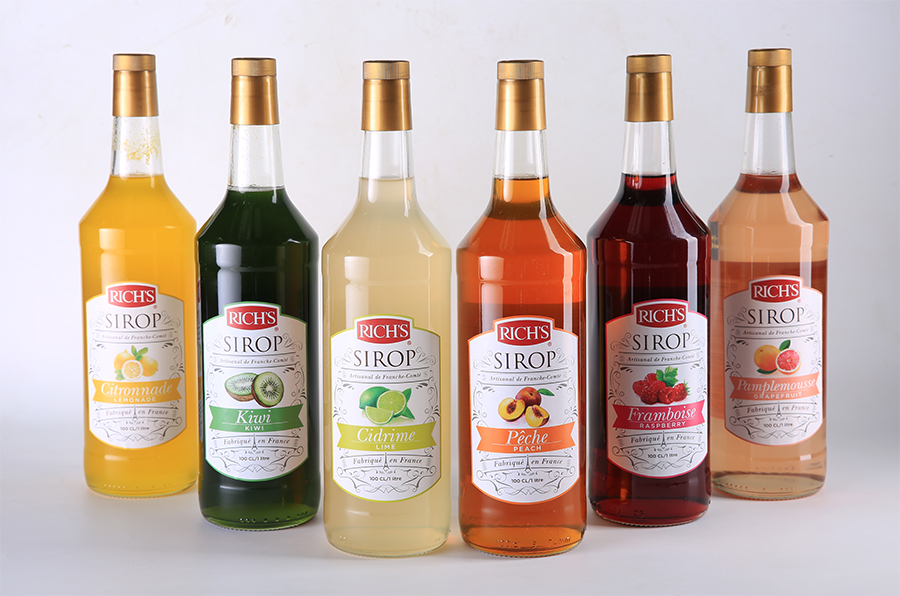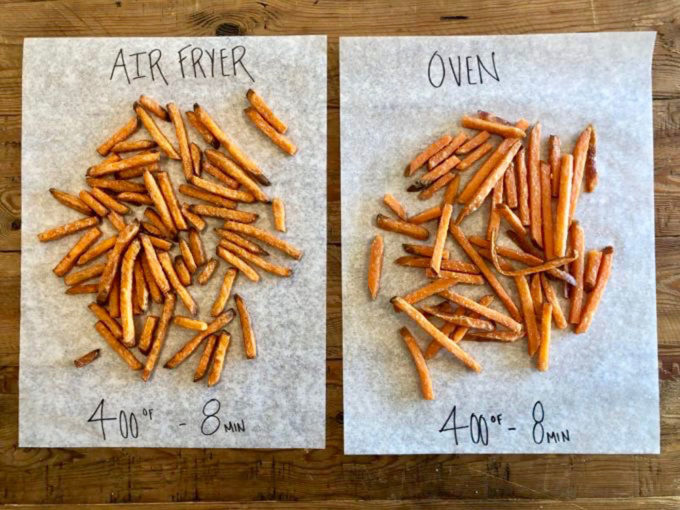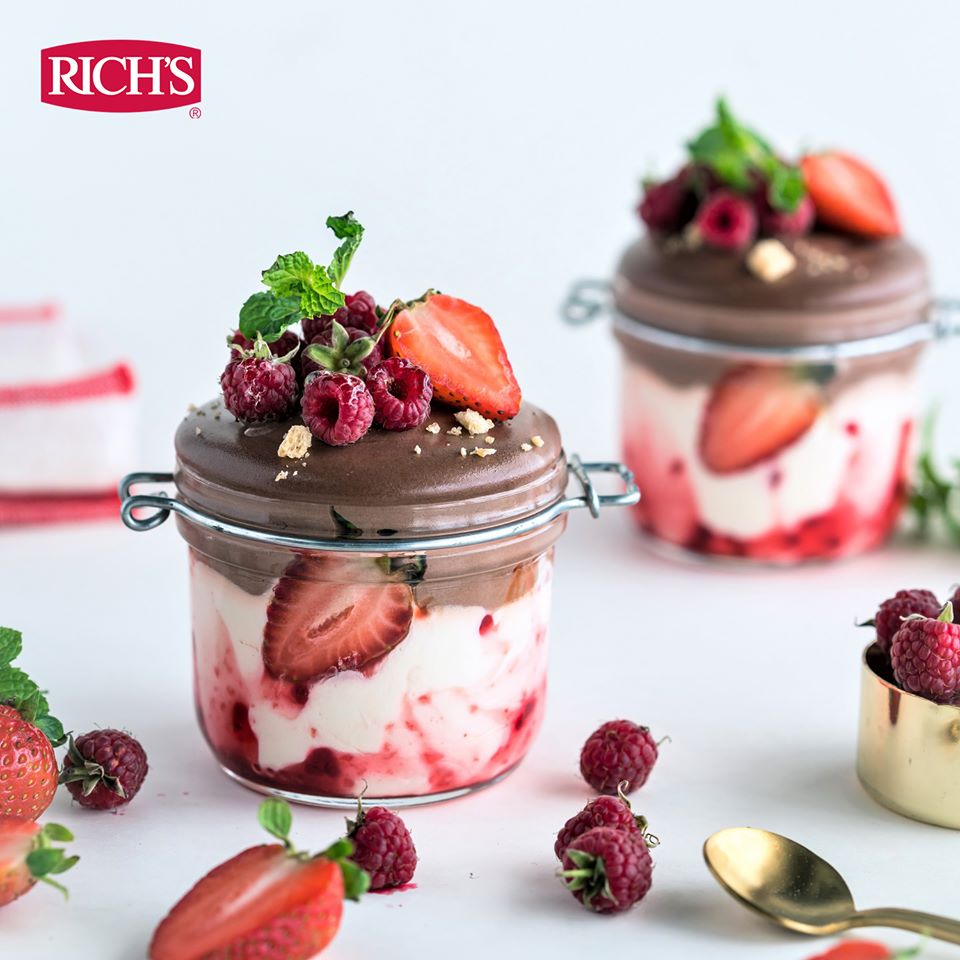NATURAL INGREDIENTS - HOW TO HANDLE RICH'S SYRUP
As the society evolves, the demand for safe and clean food as well as protecting the ecological balance has become a top priority to the world’s population, especially well-educated folks across the 7 continents.
In Asia, the trend of natural and organic ingredients has also become prominent. As a matter of fact, fruits, Japanese matcha, whole grains, etc. are being favored at milk tea, chains, cafes, and dessert shops, not only in Taiwan, Hong Kong, China, Singapore but also in Vietnam.
So what is organic?
Organic agriculture encourages different organisms and soil plants to live together in a large farming area to help maintain the soil fertility and prevent pests and diseases. The biodiversity also helps the produce grown here become healthier and the ecosystem become more balanced.
Organic production is strictly controlled from the farming land (not contaminated with chemicals or cross-contamination from adjacent farming lands) to the seed and planting materials—all of which must be organic. Currently, Vietnam does not have organic seed and seedlings to meet this standard. Genetic engineering is used limitedly and selectively. Organic standards do not allow a plant to be grown in organic soil and conventional soil at the same time.
In fact, there are quite a few sets of standards for organic production in the world. Specifically for syrup, the production of organic syrup is strictly controlled from the harvesting stage: where and how to take the resin or leaves so that the tree still lives well and won’t be damaged, etc.
The use of natural and organic products not only contributes to the preservation of the ecosystem and biodiversity, but also directly affects our health—the people who consume the products. According to FiBL (Organic Agriculture Research Institute), retail sales of organic food reached $36 billion in the United States in 2015—the largest organic food market in the world—followed by China (no exact record). Meanwhile, organic products consumption in the EU was 27.1 billion euros. It is safe to say that the number of supporters of organic products in the world is increasing at a rapid rate, making organic food manufacturers feel more confident in their choices.

As a food solutions pioneer, Rich Products Vietnam has launched a new syrup line with 12 flavors consisting of 90-100% natural ingredients.
Inspired by Mother Nature, the colors and flavors of Rich’s Syrups are largely naturally extracted from fruits, flowers, and the vitality of the land of Franche-Comté. Produced by syrup masters in the village of Morteau on a high mountain in France, the production of Rich’s Syrup complies with IFS (International Featured Standards) and French syrup-making traditions, ensuring the authenticity of Rich’s Syrup’s colors and flavors.

Rich's lemonade, kiwi, lime, peach, rapsberry and grapefruit syrup.
The aforementioned highlights of Rich's Syrup may however appear as its weaknesses to some laypeople. In particular, Rich's Bio Mint Syrup is extracted from white mint leaves, which produce a mild relaxing minty smell that isn’t as strong-scented as mint odorants used in some mint syrups. Although white mint leaves are green, their natural extracts are transparent and not green as laypeople may mistake. In addition, the sugar in Rich's Syrup will experience natural crystallization around the bottle neck, which is a sign to distinguish natural sugar from refined sugar.
In fact, sugar crystallization is a completely natural process and happens to all syrups. The more natural the sugar, the more the crystallization.
So how do we overcome natural syrups’ weaknesses?
The natural sugar in Rich's Syrup only crystallizes when the syrup containers stand still for too long (2-3 months). The sugar crystallization does not affect the quality of Rich’s Syrup and only mildly affects the appearance of the product. In this article, Rich Products would like offer some tips on how to overcome the weaknesses of natural and organic syrups.
Step 1 – Train the syrup bottles
In professional bars domestically and internationally, syrup is often poured through a metal tip instead of plastic pumps. When using this tip, baristas or bartenders will have to turn the bottle upside down, making the sugar inside move along and stay dissolved in the syrup liquid, preventing crystallization.
Step 2 - Cleaning pumps regularly:
For entry-level baristas, holding a syrup bottle upside down may be a little difficult. Thus, they prefer pumps over metal tips or pipes. However, no matter which tool is used, it should be regularly cleaned to ensure food hygiene and safety.
To clean the metal tip, boil it until the sugar stuck inside is completely dissolved. As for plastic pumps, let them sit in warm water for a while before cleaning it.
While cleaning the tip or the pump, don’t forget to cover the syrup bottle with its lid and turn the bottle upside down a few times to avoid sugar crystallization.
Step 3 - Keep Rich’s Syrup in a cool and dry place:
Naturally extracted, Rich's Syrup’s color can easily fade if exposed to direct sunlight or heat. Thus, remember to display or store Rich’s Syrup in dry and cool places.
Also, keeping the syrup cool can also prevent sugar crystallization. Rich’s Syrup is preserved best in a cooler after opened.
Step 4 – Decorate the bottle neck:
Although sugar crystallization does not affect the quality of the syrup, it can affect the appearance of the bottle around the neck. In fact, we can easily fix that by decorating the bottle neck with fun stickers or lovely bows.
Hopefully this article provided natural ingredients fans with some useful information on how to use and preserve natural and organic products, so that they can be more confident in their beliefs and choices.
 ☰
☰







